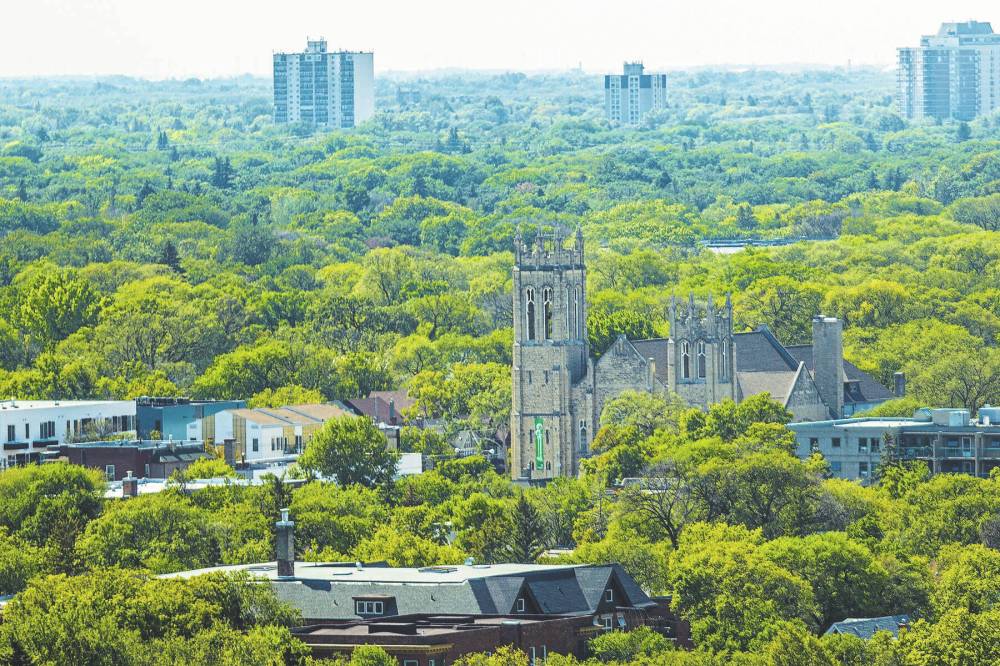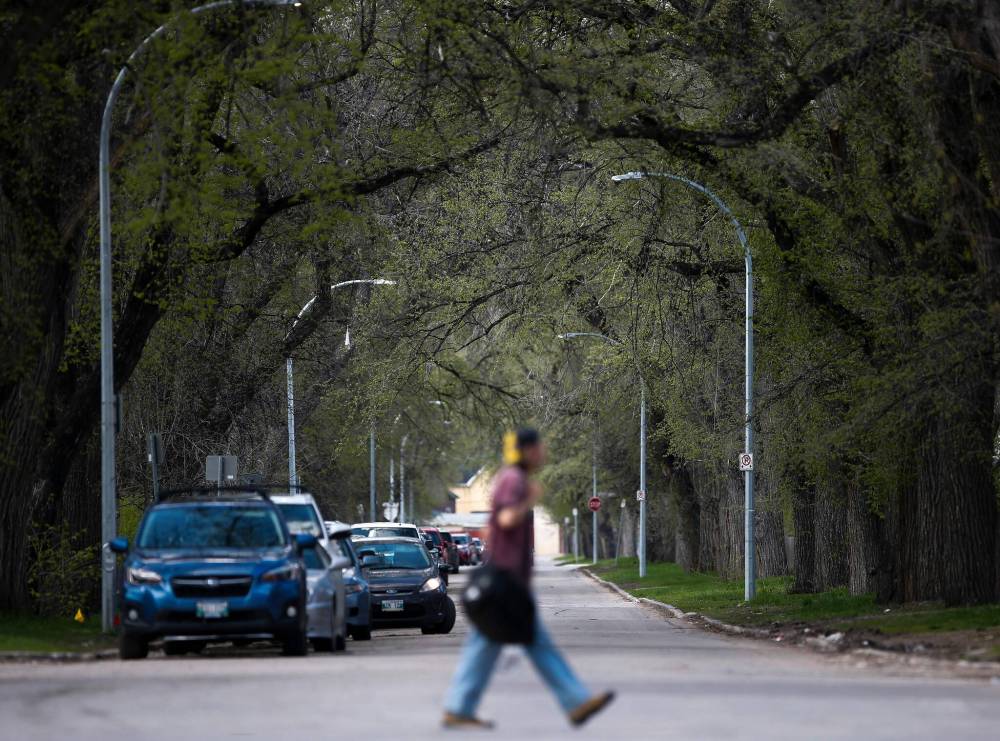Plan to protect city’s trees requires more money in budget, staff; failure to act will be more costly: report
Advertisement
Read this article for free:
or
Already have an account? Log in here »
To continue reading, please subscribe:
Monthly Digital Subscription
$0 for the first 4 weeks*
- Enjoy unlimited reading on winnipegfreepress.com
- Read the E-Edition, our digital replica newspaper
- Access News Break, our award-winning app
- Play interactive puzzles
*No charge for 4 weeks then price increases to the regular rate of $19.00 plus GST every four weeks. Offer available to new and qualified returning subscribers only. Cancel any time.
Monthly Digital Subscription
$4.75/week*
- Enjoy unlimited reading on winnipegfreepress.com
- Read the E-Edition, our digital replica newspaper
- Access News Break, our award-winning app
- Play interactive puzzles
*Billed as $19 plus GST every four weeks. Cancel any time.
To continue reading, please subscribe:
Add Free Press access to your Brandon Sun subscription for only an additional
$1 for the first 4 weeks*
*Your next subscription payment will increase by $1.00 and you will be charged $16.99 plus GST for four weeks. After four weeks, your payment will increase to $23.99 plus GST every four weeks.
Read unlimited articles for free today:
or
Already have an account? Log in here »
Hey there, time traveller!
This article was published 14/11/2023 (767 days ago), so information in it may no longer be current.
More than 40 full-time forestry jobs and $2.9 million in annual operating spending would need to be added to the city’s budget under a newly proposed urban forestry plan.
But failure to protect city trees will cost much more in the long run, the new report warns.
The proposed strategy to have Winnipeg under a 24 per cent tree canopy by 2065 was published Tuesday and awaits city council approval. It sets out a 20-year plan that says the city needs to plant 17,000 new trees each year and more quickly remove diseased trees if the canopy is going to recover over the next 40 years from the anticipated devastating effects of Dutch Elm Disease and emerald ash borer infestation.

It recommends adding 41.7 full-time equivalent municipal forestry positions and spending $60.2 million in capital investments over the next four years on urban forest planning along with the existing urban forest renewal program.
Mayor Scott Gillingham said he needs to review the report but remains committed to his election promises to improve the tree canopy.
“We’ve got a public and a council that wants to see us do more to protect Winnipeg’s tree canopy, and to plant more trees, prune our trees faster, remove the disease quicker, so that our urban forest is not threatened by the disease that unfortunately has been ravaging some of our trees over the last years,” Gillingham said.
The mayor said the plan presents significant costs and he wants to know more about the private sector’s capacity for pruning and the ability of local community and faith groups to help plant trees.
“Are there different ways we can reach our target beyond what is in the report? But, as I said, I’ll need a chance to read that report in greater detail over the coming days.”

Two years in the making, the Winnipeg Comprehensive Urban Forest Strategy would implement a one-to-one tree-planting ratio and speed up pruning.
The city is on a 31-year pruning cycle and the strategy, if approved, would cut that down to every 12 years. As of 2020, only one tree was planted for every three removed, and a study found trees were being replaced less than half of the time. Poorer neighbourhoods tend to have fewer mature trees and not as much access to the canopy, for complex reasons. Correcting that inequity is part of the proposal.
City forester Martha Barwinsky, primary author of the report, said the community-driven strategy was developed with “very strong” public participation. It is the first time Winnipeg has set targets for replacing and protecting public trees on boulevards and in parks.
“It’s important for us to work toward equitable access across the city,” considering the known benefits of the tree canopy and the implications of climate change, she said.
Local advocates may have been expecting a two-to-one replacement target. The recommended one-to-one ratio takes into account the available planting space in city parks, Barwinsky said, but sets up plans for future discussions about upping that target.
Trees Winnipeg executive director Christian Cassidy said the one-to-one target seems “a little bit stingy” and acknowledged the proposed plan isn’t perfect, but the fact it exists and has specific goals and budget requirements attached is significant. Winnipeg now joins other major cities that have already set canopy targets.
“That is very good news for anybody who is concerned about the tree canopy,” Cassidy said.

In 2018, Winnipeg’s tree cover was estimated at about 17 per cent, and the city is due for another assessment. The city could lose half of its public trees if the emerald ash borer takes hold. (The figures cover roughly 300,000 trees along streets and parks, not the total three million trees that live here. Approximately 2,000 new public trees are planted each year, but the city doesn’t have the budget to maintain them. If the city doesn’t take action, it can expect to pay a much higher price in the future, in tree-removal requests, municipal liability and long-term costs to the environment and public health, the report predicts.
— with files from Joyanne Pursaga
katie.may@winnipegfreepress.com

Katie May is a multimedia producer for the Free Press.
Our newsroom depends on a growing audience of readers to power our journalism. If you are not a paid reader, please consider becoming a subscriber.
Our newsroom depends on its audience of readers to power our journalism. Thank you for your support.



